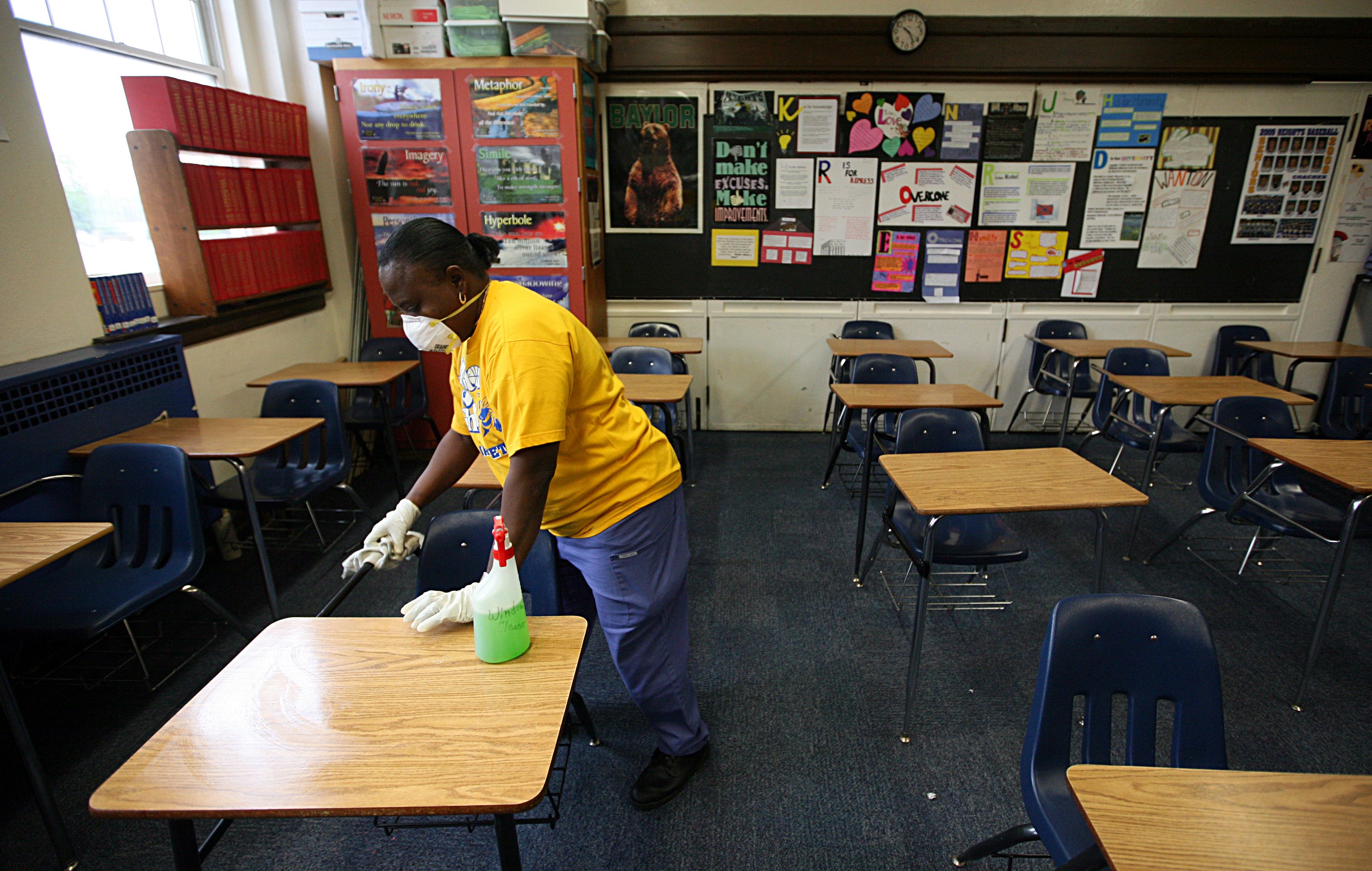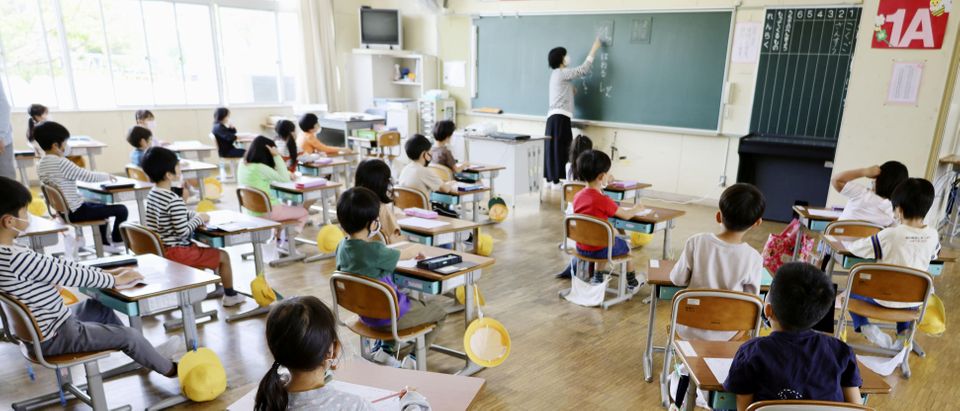The Centers for Disease Control and Prevention are among the many health experts that have pushed for schools to reopen, citing “significant public health consequences” if schools don’t reopen in the fall.
CDC Director Robert Redfield has emphasized the importance of reopening schools for in-person instruction. The CDC released information to guide schools on reopening and to help parents prepare to safely send their children back to school. (RELATED: American Academy Of Pediatrics Urges Schools To Reopen In Fall)
“It is critically important for our public health to open schools this fall,” said CDC Director Dr. Robert R. Redfield in a July statement accompanying the link to resources for reopening.

FORT WORTH (Photo by Tom Pennington/Getty Images)
“The CDC resources released today will help parents, teachers and administrators make practical, safety-focused decisions as this school year begins. I know this has been a difficult time for our Nation’s families. School closures have disrupted normal ways of life for children and parents, and they have had negative health consequences on our youth. CDC is prepared to work with K-12 schools to safely reopen while protecting the most vulnerable.”
Based on the evidence the CDC has looked at, universal symptom screening, or screening all students grades K-12, isn’t currently recommended. Screenings aren’t helpful in identifying individuals with SARS-CoV-2 if they are asymptomatic or pre-symptomatic. Other recommendations include the use of face masks, with exceptions, along with ensuring proper ventilation and keeping students in small groups.
The CDC also notes how the absence of supportive services provided by schools for prolonged periods of time could cause irreparable damage.
About “7.1 million kids get their mental health service at schools,” Redfield said in July according to CNBC. “They get their nutritional support from their schools. We’re seeing an increase in drug use disorder as well as suicide in adolescent individuals. I do think that it’s really important to realize it’s not public health versus the economy about school reopening.”

Joanne Collins Brock , a second grade teacher at St Francis School (Goshen) , teaches online in her empty classroom on April 15, 2020 in Goshen, Kentucky. Brock has been teaching daily online to her students because of the closure of schools in Kentucky due to the Coronavirus (COVID-19) pandemic. (Photo by Andy Lyons/Getty Images)
The psychological impact is one that pediatricians and other children’s health experts have pointed to when warning of the consequences of not reopening school. The American Academy of Pediatrics (AAP) issued a full-throated defense of reopening schools for in-person instruction in June, adding that depression and suicidal ideation may not be identified or addressed when students aren’t in school. The AAP later softened its stance.












